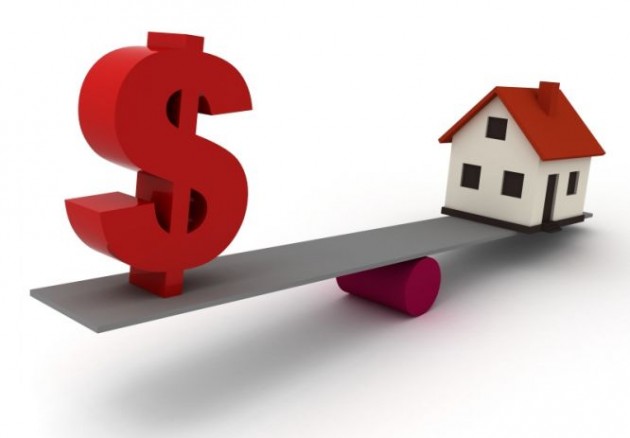
Call William Directly at 248.980.2455
April Real Estate Market Update
As the market recovers, there will be fewer months where we beat the prior year. Such is the case with March 2012. In terms of new contracts written, numbers continued to show improvement over March of last year. Across all of our markets Closed Sales were down just a bit from last year. This is not a cause for concern (it would be if there were three months of decline). March 2011 was an unusually strong month, so it is not surprising that we did not top it this year. As the percentage of short sales grow, pending sales will outpace actual closings since there is a higher fall-through rate for short sales. The more significant number from this point forward is the average/median sale price, since much of the market gain will be in rising values. If available home inventories remain tight, in ensuing months we may even see a slight decline in the number of homes sold as we simply run out of homes to sell. That trend, however, should not last long because it will cause values to rise and more homes will be released to the market.
In Southeast Michigan as well as both Southwest (Grand Rapids area) and Northwest (Grand Traverse) Michigan, the Months Supply of Inventory (MSI) hit another two-year low. (Southeast Michigan had the largest positive movement.) This is a very good thing because each month with a falling MSI moves us closer to a sustainable appreciation rate. For bank-owned, the MSI fell below 3 months, with non-bank at 4.8 months. Most of that fall was a result of an increase in contracts written in March. Available bank-owned inventories fell, but non-bank remained about the same.
The rest of the nation appears to be joining us in the market upturn as well. Brokers across the country are reporting strong buyer demand and a lack of home inventories, similar to where we where in mid 2011. With the rest of the country joining our party, housing is beginning to move from an economic anchor to one of the key pieces fueling the recovery.
For those looking to move, a common question is should I buy/sell now or wait for the market to improve a bit? The chart below shows the cost of waiting to buy versus buying this year in terms of total cost of ownership. The chart used the anticipated mortgage and appreciation rates over the next few years to project the cost of waiting to buy versus buying this year (2012).

By waiting, a buyer faces both a higher interest rate as well as a more expensive home to buy. Each year buyers wait costs them more (blue line) and reduces their future appreciation gain (green line). For many homeowners, their mortgage gap is too wide to sell; however, that gap is closing every month, so it is more important than ever for sellers to ask their Realtors to track values.






